Free Shipping over $50+ Order..

Unveiling the Materials: What Are Fishing Shirts Made Of
Fishing shirts are a vital component of any angler’s gear, offering a balance between comfort and functionality in the great outdoors. To navigate the vast array of fishing shirts available, it’s essential to understand what are fishing shirts made of. This blog dives into the world of fishing shirt materials, shedding light on the crucial role they play in ensuring your fishing experience is not only comfortable but also optimized for performance. From moisture-wicking wonders to UV-blocking champions, we’ll explore the diverse range of materials that make up these shirts and guide you toward making informed choices for your fishing adventures.
Common Materials Used in Fishing Shirts
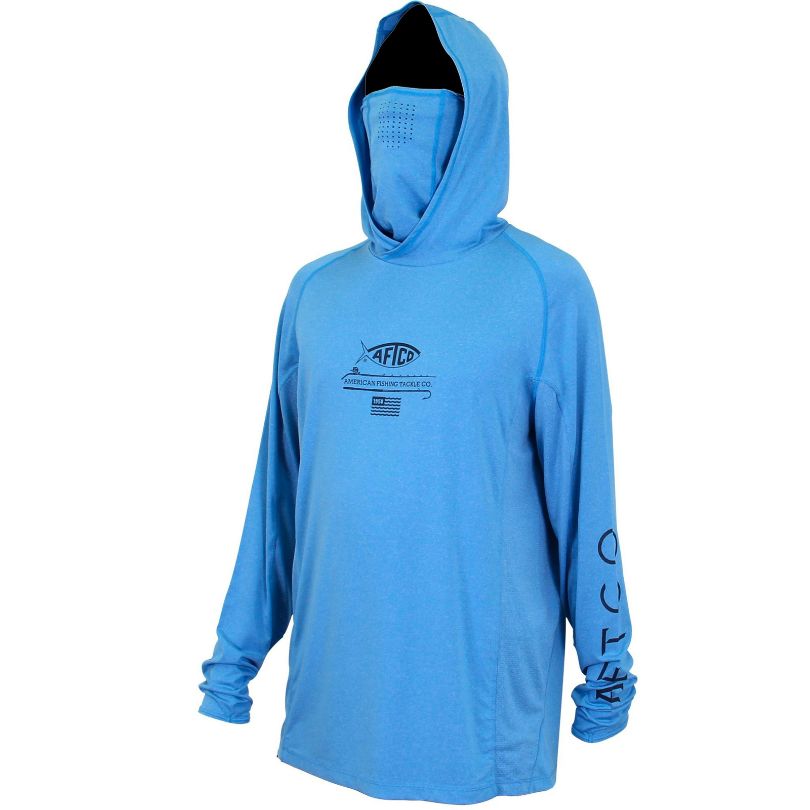


The answer to the question of what are fishing shirts made of is explained in the following:
Fishing shirts are typically made of materials like polyester, nylon, cotton, or fabric blends, designed to offer comfort and performance during fishing activities.
Polyester Fishing Shirts: Polyester is a popular material in fishing shirts due to its excellent moisture-wicking properties. It efficiently pulls sweat away from your skin, allowing it to evaporate quickly, keeping you dry and comfortable during long days on the water. Polyester is also known for its durability, making it suitable for rugged outdoor activities.
Nylon: Nylon is valued for its strength and resistance to abrasion. Fishing shirts made from nylon are robust and can withstand the wear and tear associated with fishing, including encounters with sharp hooks and rough surfaces. This material is an excellent choice for durability in harsh conditions.
Cotton: Cotton is appreciated for its natural comfort and breathability. Cotton fishing shirts are soft and comfortable to wear, making them ideal for casual fishing trips. However, cotton has limitations in moisture management. It tends to absorb and retain sweat, which can leave you feeling damp and uncomfortable, particularly during hot and humid conditions.
Blends: Many fishing shirts are made from fabric blends that combine the strengths of different materials. For example, a polyester-cotton blend can offer the comfort of cotton while benefiting from polyester’s moisture-wicking capabilities. Blends provide balanced performance, catering to various fishing conditions and preferences.
Specialized Fishing Shirt Materials
In addition to the common materials used in performance fishing shirts, there are specialized fabrics tailored to enhance specific aspects of your fishing experience:
UPF Fabric: UPF, or Ultraviolet Protection Factor, the fabric is engineered to provide exceptional protection against harmful UV rays. These materials act as a barrier, preventing UV radiation from reaching your skin. They’re particularly important for anglers who spend long hours in direct sunlight, as they reduce the risk of sunburn and long-term skin damage.
Cooling Fabrics: Fishing often takes place in hot and sunny conditions. Cooling fabrics are designed to wick moisture away from your body and promote rapid evaporation. This process helps to dissipate heat, keeping you cooler and more comfortable during your fishing adventure. These materials are ideal for those sweltering days on the water.
Insect-Repellent Fabrics: Some specialized performance fishing shirts are made from fabrics infused with insect-repelling properties. These materials deter mosquitoes, ticks, and other pesky insects, offering added protection during outdoor excursions. This is particularly valuable in areas where insect-borne diseases are a concern.
Odor-Resistant Fabrics: Odor-resistant materials are treated to combat the buildup of unpleasant smells caused by sweat and bacteria. When spending extended periods fishing, especially in warmer weather, these fabrics help keep you feeling fresh throughout the day. This feature can be a game-changer during multi-day fishing trips or in situations where changing clothes isn’t an option.
Why Material Matters in Fishing Shirts
The choice of material in performance fishing shirts is of paramount importance for several reasons:
Comfort: Fishing often involves spending long hours under the sun, so comfort is crucial. The right material ensures that your shirt feels comfortable against your skin, reducing the risk of chafing and irritation. For instance, polyester and nylon are known for their softness and comfort, while cotton offers a natural, breathable feel.
Breathability: When fishing in warm weather, you’ll want a shirt that allows your skin to breathe. Polyester and nylon fabrics are designed to wick moisture away from your body, promoting airflow and keeping you cooler. This breathability is especially important to prevent overheating on hot and sunny days.
Moisture-Wicking: Fishing can be a sweaty activity, and moisture-wicking materials play a crucial role in keeping you dry. Polyester, in particular, excels in pulling sweat away from your skin and dispersing it across the fabric’s surface, where it can evaporate. This feature helps you stay comfortable and prevents the discomfort of wet, clingy clothing.
UV Protection: Fishing often exposes you to harmful UV rays. Certain materials, like polyester, are engineered to offer UV protection, shielding your skin from sunburn and potential long-term damage. This added protection is invaluable when spending extended periods outdoors.
Environment-Specific Needs: The type of fishing environment you frequent can influence your material choice. For saltwater fishing, materials that resist corrosion and offer sun protection are essential. In freshwater or cooler conditions, you may prioritize warmth and moisture management.
Considerations for Choosing the Right Material
Climate and Weather: Consider the typical weather conditions you’ll encounter during your fishing trips. For hot and sunny environments, UPF and cooling fabrics are essential for sun protection and staying cool. In cooler climates, opt for materials that provide warmth and insulation, like certain blends or heavier fabrics.
Moisture Management: Moisture-wicking fabrics, such as polyester and nylon, are excellent choices for hot and humid conditions. They effectively pull sweat away from your skin, promoting evaporation to keep you dry and comfortable.
UV Protection: If you’re exposed to strong sunlight, prioritize UPF fabrics. These materials offer superior protection against harmful UV radiation, reducing the risk of sunburn and skin damage.
Breathability: Fishing can be physically demanding, so choose materials that allow air circulation to prevent overheating. Lightweight and breathable fabrics, like those with moisture-wicking properties, work well for this purpose.
Insect-Repellent Properties: In areas prone to insect infestations, consider shirts made from insect-repellent fabrics. These materials provide an additional layer of protection against pesky bugs, enhancing your overall comfort.
Durability: Fishing can be tough on clothing due to exposure to water, fish, and fishing gear. Opt for materials known for their durability and resistance to wear and tear, like nylon.
Odor Resistance: For longer fishing trips or situations where changing clothes isn’t possible, odor-resistant fabrics can help you feel fresh despite sweat and exertion.
Fit and Comfort:
Regardless of the material, ensure your fishing performance shirt offers a comfortable fit that allows for freedom of movement. Consider stretch materials for added flexibility during casting and other fishing activities.
Layering Possibilities: Think about whether you’ll be layering your fishing shirt with other clothing items. Choose materials that work well as a base layer or for easy layering in changing weather conditions.
Personal Preference: Ultimately, your comfort and preferences matter most. Try different materials and styles to determine what feels best for you during your fishing adventures.
Caring for Fishing Shirts
Washing Instructions
Check the Label: Always refer to the care label on your fishing shirt for specific washing instructions. Different materials may have different requirements.
Separate Colors: Sort your short-sleeved/long-sleeved fishing shirts by color to prevent color bleeding. Dark-colored shirts should be washed separately from lighter ones.
Use a Mild Detergent: Opt for a mild, eco-friendly detergent that won’t damage the fabric. Avoid harsh chemicals or bleach.
Turn Shirts Inside Out: Before washing, turn your fishing sleeve shirts inside out. This helps protect any logos or prints on the outside.
Cold Water Wash: Use cold or lukewarm water, as hot water can weaken the fabric and cause shrinkage.
Gentle Cycle: Select the gentle or delicate cycle on your washing machine to minimize friction and wear.
Drying and Storage
Air Dry: Whenever possible, air-dry your long-sleeved fishing shirts. Hang them on a clothesline or lay them flat on a clean surface. Avoid direct sunlight, as it can fade colors.
Low Heat Setting: If you need to use a dryer, choose the lowest heat setting. High heat can damage the fabric and cause it to lose its moisture-wicking or UV protection properties.
Avoid Overcrowding: Don’t overcrowd the dryer or washing machine. This allows for better air circulation and prevents wrinkles.
Ironing: Most fishing shirts are designed to be wrinkle-resistant, but if needed, use a low heat setting on the iron to remove wrinkles. Ensure the shirt is inside out to prevent damage to prints or logos.
Frequently asked questions about what are fishing shirts made of
What are fishing shirts made of?
Common materials for fishing shirts include polyester, nylon, cotton, and fabric blends.
Why is the choice of material important in fishing shirts?
The material impacts factors like moisture-wicking, UV protection, and comfort, all of which are crucial for fishing comfort and performance.
Are there specialized materials for fishing shirts?
Yes, there are specialized materials like UPF fabrics for UV protection, cooling fabrics for hot conditions, insect-repellent fabrics, and odor-resistant materials.
How should I choose the right material for my fishing shirt?
Consider your fishing environment and weather conditions. Select materials that align with your specific needs for comfort and protection.
How do I care for fishing shirts to maintain their quality?
Follow the washing instructions and maintenance tips provided with your shirt. Use stain removal techniques that won’t compromise the fabric.
Conclusion
In conclusion, the choice of material in fishing shirts is a crucial factor that significantly impacts an angler’s comfort and performance during fishing expeditions. The right material can make all the difference in providing moisture-wicking properties, UV protection, and durability tailored to specific fishing environments and weather conditions. By considering their unique needs and the fishing conditions they frequently encounter, anglers can make informed choices about the materials used in their fishing shirts. Whether it’s protection from the sun’s harsh rays or staying cool and comfortable in hot weather, the right material ensures that fishing enthusiasts can enjoy their time on the water to the fullest. So, remember that the fabric matters, and by selecting wisely, you’ll be better equipped to tackle your next fishing adventure with confidence and ease.


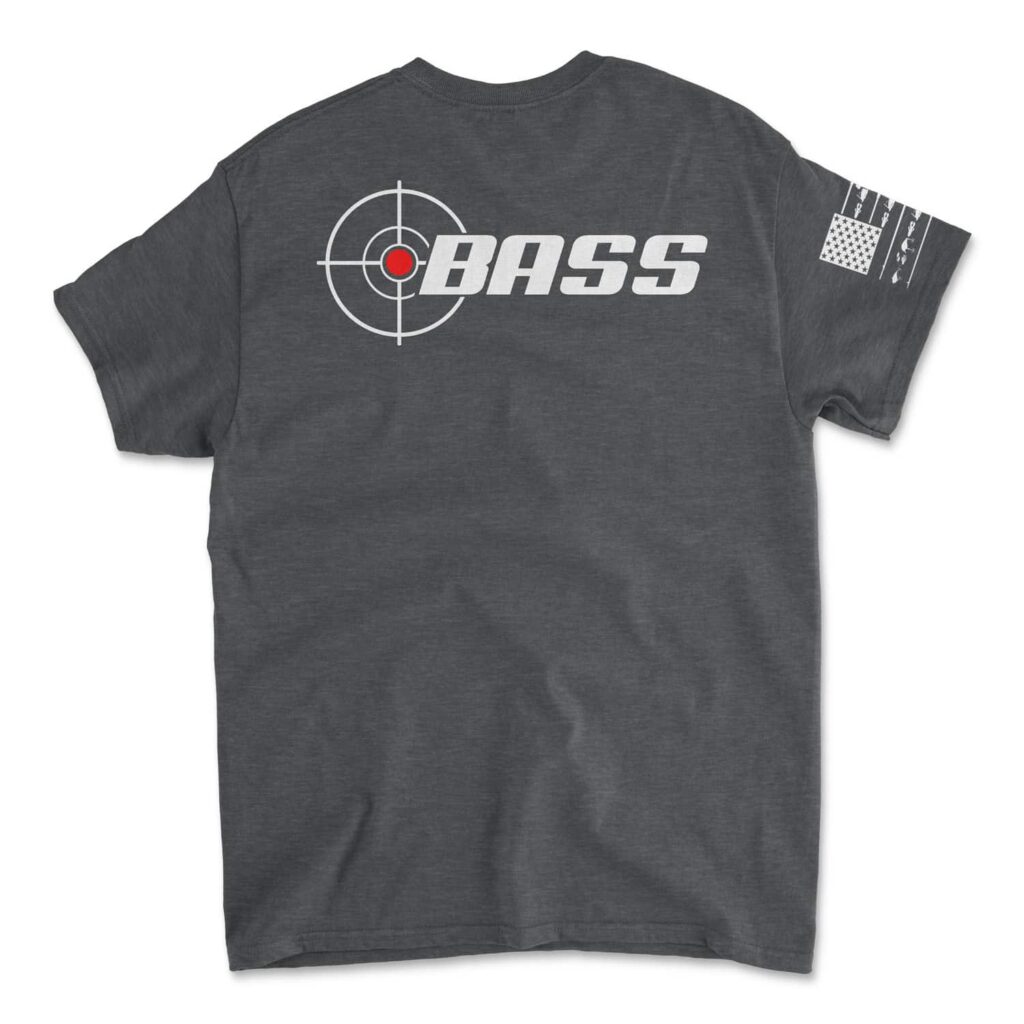
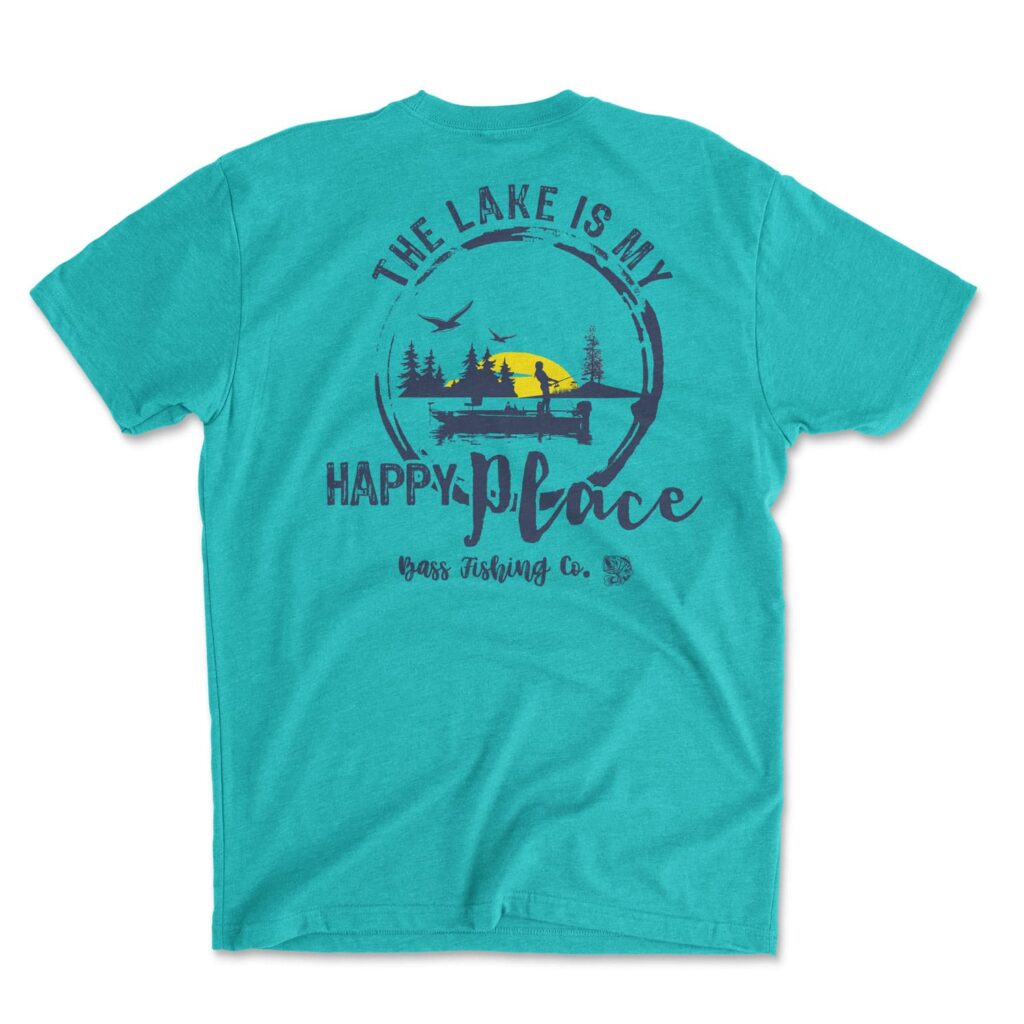

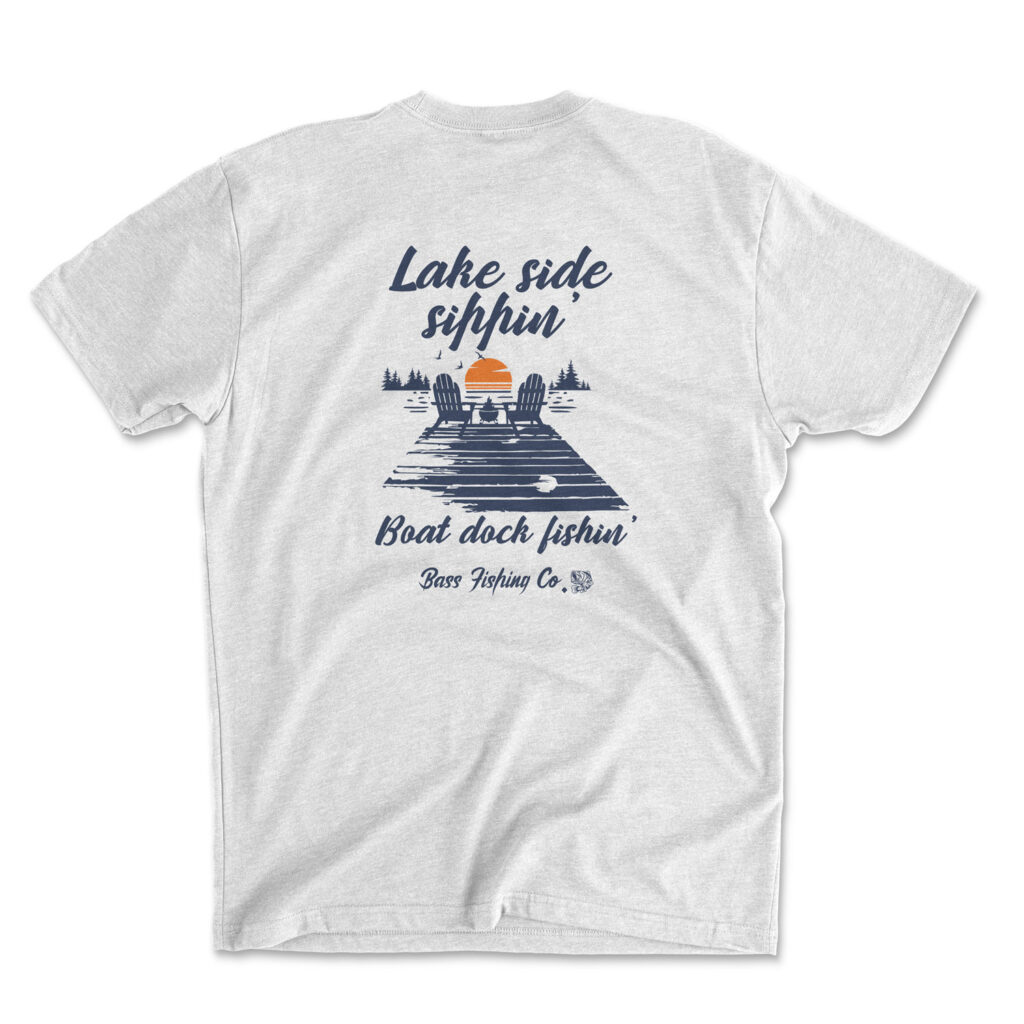

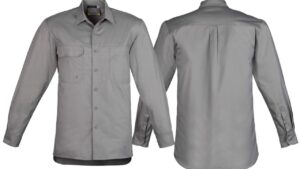
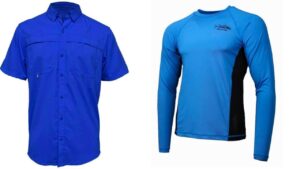

[…] ensuring that your fishing logo remains vibrant and intact after numerous washes. Investing in fishing logo shirts made from premium materials is a smart decision for both style and functionality while out on the water. It’s essential […]